Aripiprazole Information
Pronunciation
ay ri PIP ray zole
What is this drug used for?
• It is used to treat schizophrenia.
• It is used to treat bipolar problems.
• It is used to treat low mood (depression).
• It is used to treat certain behavior problems in patients with autism.
• It is used to treat Tourette’s syndrome.
• It may be given to you for other reasons. Talk with the doctor.
Frequently reported side effects of this drug
• Fatigue
• Agitation
• Anxiety
• Headache
• Nausea
• Vomiting
• Weight gain
• Constipation
• Trouble sleeping
• Change in appetite
• Lack of appetite
• Stuffy nose
• Sore throat
• Dry mouth
• Tremors
• Drooling
Other side effects of this drug: Talk with your doctor right away if you have any of these signs of:
• Infection
• Depression like thoughts of suicide, anxiety, emotional instability, or confusion.
• High blood sugar like confusion, fatigue, increased thirst, increased hunger, passing a lot of urine, flushing, fast breathing, or breath that smells like fruit.
• Abnormal movements
• Twitching
• Change in balance
• Difficulty swallowing
• Vision changes
• Eye pain
• Eye irritation
• Difficulty speaking
• Severe dizziness
• Passing out
• Loss of strength and energy
• Blurred vision
• Uncontrollable urges
• Neuroleptic malignant syndrome like fever, muscle cramps or stiffness, dizziness, severe headache, confusion, change in thinking, fast heartbeat, abnormal heartbeat, or sweating a lot.
• Tardive dyskinesia like unable to control body movements; tongue, face, mouth, or jaw sticking out; mouth puckering; or puffing cheeks.
• Signs of a significant reaction like wheezing; chest tightness; fever; itching; bad cough; blue skin color; seizures; or swelling of face, lips, tongue, or throat.
Medication Safety Issues
Sound-alike/look-alike issues:
Abilify may be confused with Ambien
ARIPiprazole may be confused with proton pump inhibitors (dexlansoprazole, esomeprazole, lansoprazole, omeprazole, pantoprazole, RABEprazole)
Geriatric Patients: High-Risk Medication:
Beers Criteria: Antipsychotics are identified in the Beers Criteria as potentially inappropriate medications to be avoided in patients 65 years and older due to an increased risk of cerebrovascular accidents (stroke) and a greater rate of cognitive decline and mortality in patients with dementia. Use may be appropriate in geriatric patients with schizophrenia, bipolar disorder, other mental health conditions, or for short-term use as an antiemetic during chemotherapy, but should be given in the lowest effective dose for the shortest duration possible. In addition, antipsychotics should be used with caution in older adults due to their potential to cause or exacerbate syndrome of inappropriate antidiuretic hormone secretion (SIADH) or hyponatremia; monitor sodium closely with initiation or dosage adjustments in older adults (Beers Criteria [AGS 2019]).
Product Availability
Abilify immediate-release injection (9.75 mg/1.3 mL) has been discontinued in the US for more than 1 year.
Storage and Stability
Injection, powder (extended release):
Prefilled syringe: Store below 30°C (86°F). Do not freeze. Protect from light and store in original package.
Vial for reconstitution: Store unused vials at 25°C (77°F); excursions permitted to 15°C to 30°C (59°F to 86°F). If the suspension is not administered immediately after reconstitution, store at room temperature in the vial (do not store in a syringe).
Oral solution and tablets: Store at 20°C to 25°C (68°F to 77°F); excursions permitted to 15°C to 30°C (59°F to 86°F). Use oral solution within 6 months after opening. Do not store in conditions where tablets are exposed to humid conditions.
Mycite Patch: Store at 15°C to 30°C (59°F to 86°F); 15% to 93% relative humidity.
Adverse Reactions
IM:
Cardiovascular: Anxiety, tachycardia
Central nervous system: Akathisia (dose-related), dizziness, drowsiness, dystonia, extrapyramidal reaction, fatigue (dose-related), headache, insomnia, restlessness, sedation
Endocrine & metabolic: Decreased HDL cholesterol, increased LDL cholesterol, increased serum cholesterol, increased serum glucose, increased serum triglycerides, weight gain, weight loss
Gastrointestinal: Constipation, diarrhea, vomiting, xerostomia
Hematologic & oncologic: Neutropenia
Local: Injection site reaction (including erythema, induration, inflammation, hemorrhage, pruritus, rash, swelling), pain at injection site
Neuromuscular & skeletal: Arthralgia, back pain, musculoskeletal pain, myalgia, tremor (dose-related)
Respiratory: Nasal congestion, upper respiratory tract infection
Oral:
Cardiovascular: Orthostatic hypotension
Central nervous system: Agitation, akathisia (dose-related; more common in adults), anxiety, dizziness, drooling (children and adolescents), drowsiness (more common in children and adolescents), dystonia, extrapyramidal reaction (dose-related; more common in children and adolescents), fatigue (dose-related; more common in children and adolescents), headache (more common in adults), insomnia, irritability (children and adolescents), lethargy (older adults and children), pain, restlessness, sedation (dose-related; more common in children and adolescents)
Dermatologic: Skin rash
Endocrine & metabolic: Decreased HDL cholesterol (children and adolescents), increased serum cholesterol, increased serum glucose (more common in adults), increased serum triglycerides, weight gain (more common in children and adolescents), weight loss
Gastrointestinal: Abdominal distress, anorexia, constipation (more common in adults), decreased appetite (children and adolescents), diarrhea (children and adolescents), dyspepsia, increased appetite (children and adolescents), nausea, stomach discomfort, toothache, upper abdominal pain (children and adolescents), vomiting, xerostomia
Genitourinary: Urinary incontinence (older adults)
Local: Application site rash (Mycite patch)
Neuromuscular & skeletal: Arthralgia, asthenia (children and adolescents), limb pain, muscle rigidity (children and adolescents), muscle spasm, myalgia, stiffness, tremor (dose-related)
Ophthalmic: Blurred vision
Respiratory: Cough, epistaxis (children and adolescents), nasopharyngitis (children and adolescents), pharyngolaryngeal pain
Miscellaneous: Fever (children and adolescents)
–


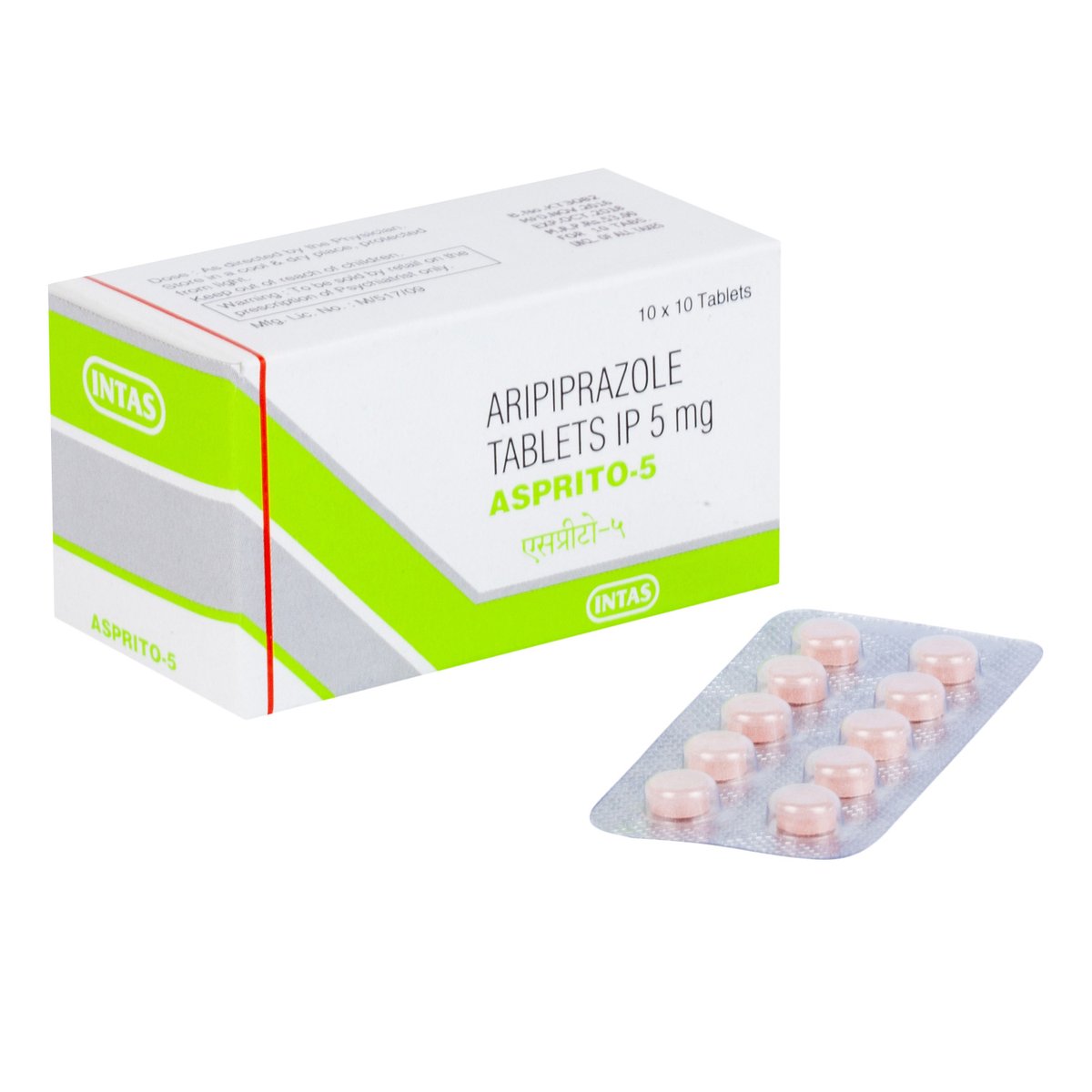
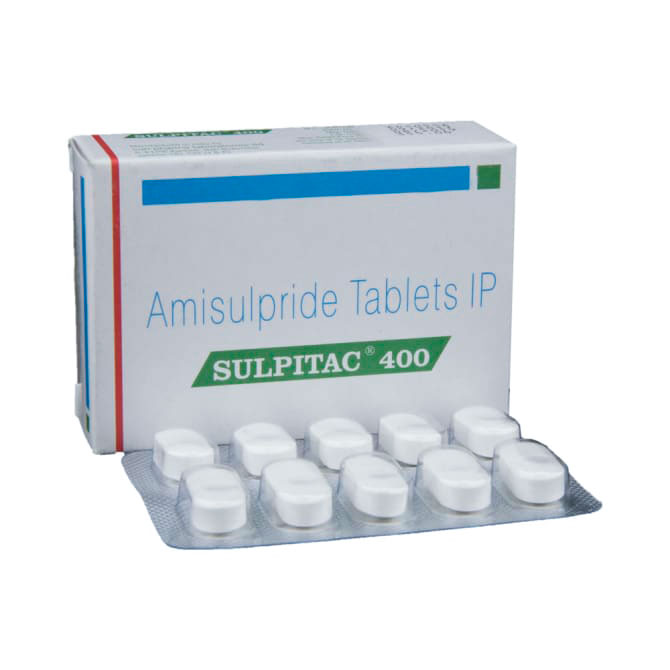
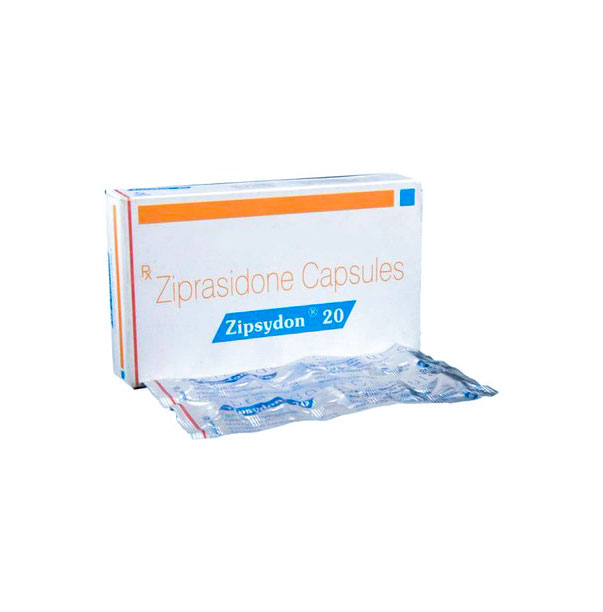
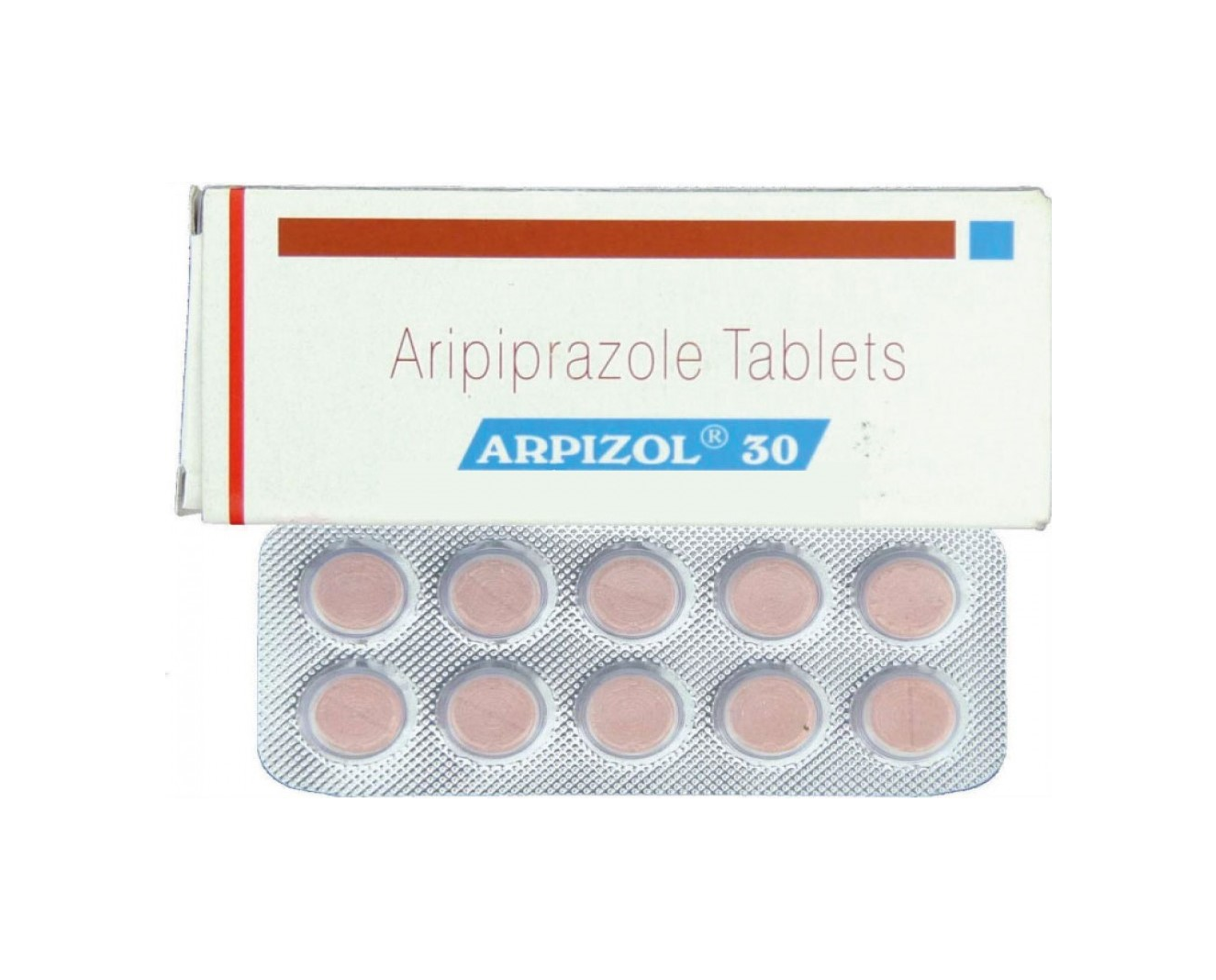
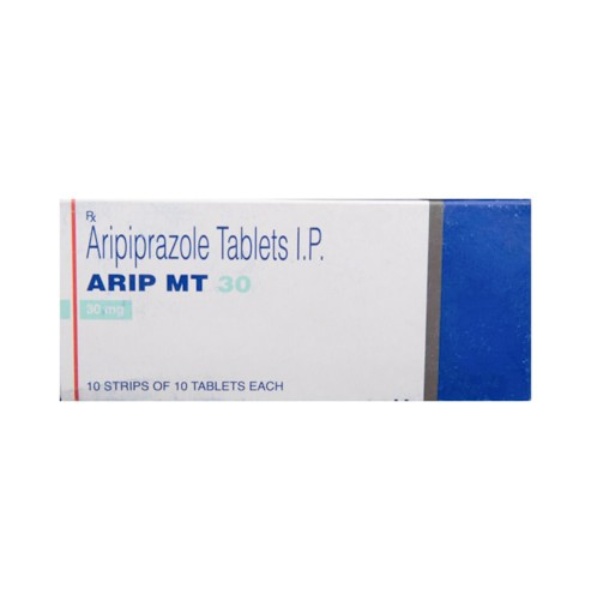
Reviews
There are no reviews yet.